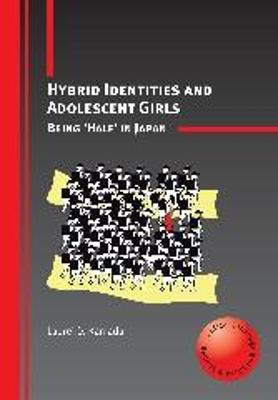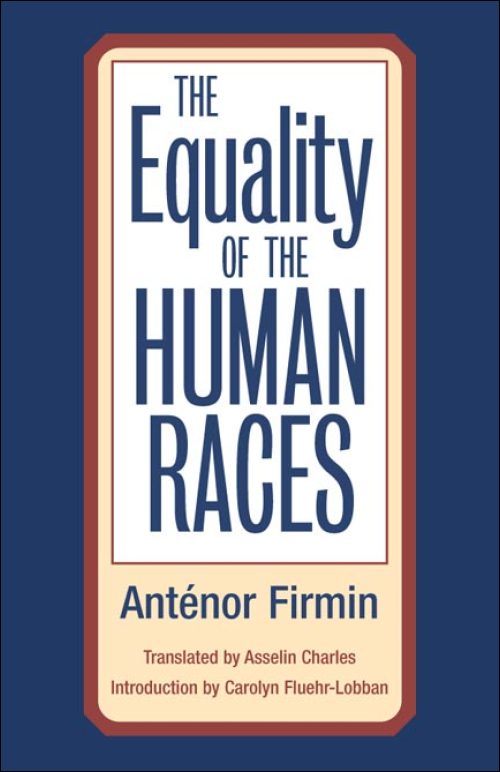It’s Not Always Black And White: Caught Between Two WorldsPosted in Autobiography, Books, Europe, Identity Development/Psychology, Media Archive, Monographs on 2013-04-06 23:20Z by Steven |
It’s Not Always Black And White: Caught Between Two Worlds
Outskirts Press
2013-01-18
100 pages
Paperback ISBN: 9781478716693
John Reed knows from experience how difficult the life of a biracial person can be. He was born in Germany after World War II to a German-Caucasian mother and an African-American father. The difficulty of finding a place in society was compounded by his mother’s rejection of him; he spent the first year of his life in a convent, cared for by nuns. As the physical, mental, and verbal abuse John suffered from his mother were mirrored by a judgmental and racist society around him, he found himself in a crisis of identity and shattered self-esteem. In this searingly honest and thought-provoking memoir, John shows us how racism is still very much alive in our current “politically correct” world, and the ways in which biracial people struggle with knowing whether they are truly accepted, or if the people around them are just playing the game. John’s path to personal healing, which included learning about and embracing his heritage, and severing ties with those who abused and failed to accept him, is an inspiration to anyone who has fought the questions of acceptance and identity. No matter what your personal background and heritage, It’s Not Always Black And White will enlighten you about what it’s like to be a person of color in a world where being white is the norm, and will vividly show you that every person, regardless of color, deserves to be treated with dignity, love, and respect.









